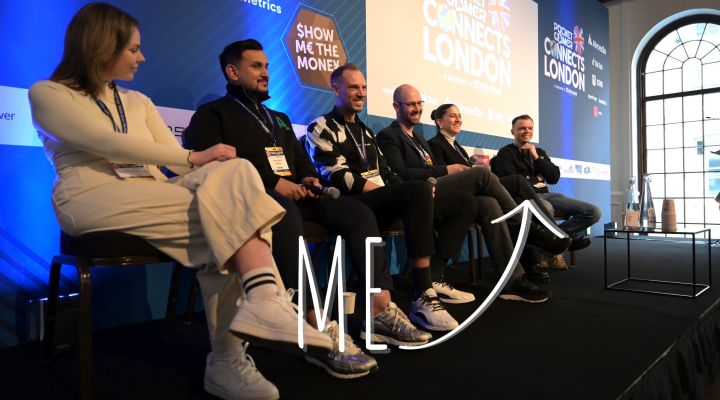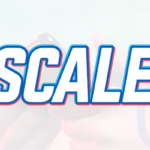After recovering from the mandatory ‘first-conference-of-the-year-flu’, I finally had some time to write this blogpost. Last week I had the immense pleasure of hosting a panel discussion on the future of user acquisition in gaming at PGConnects London. Joined by some of the brightest in our industry from companies like AppLovin, SplitMetrics, AppSamurai, and Almedia, we explored the biggest trends shaping UA in 2025. The conversation was filled with insightful takes on the evolving advertising landscape, the rise of AI-powered creative production, and the challenges that UA teams must navigate to stay ahead.
Despite industry-wide challenges, there’s reason for optimism, because advertising budgets are projected to grow. But with that growth comes the need for UA teams to rethink their strategies, diversify their channels, and embrace new technologies.
The Diversification Imperative
As one of our panelists from SplitMetrics put it, “The advertising landscape is becoming increasingly complex.” The days of relying solely on Meta and Google are long gone. Instead, we’re seeing new channels emerge, like ChatGPT ads, which has already allocated $500M to its advertising division. Meanwhile, platforms like Meta’s Threads and Shopify’s advertising network are creating fresh opportunities for advertisers looking to scale.
One of the most interesting developments is the resurgence of rewarded UA—but with a modern twist.
The Renaissance of Rewarded UA
Rewarded UA has come a long way from its early days of simple in-game incentives. Today, machine learning plays a key role in ensuring that rewarded ads feel natural and engaging. As an expert from AppSamurai explained, “The challenge isn’t just about giving rewards—it’s about creating long-term engagement even after the rewards stop.”
This approach is especially relevant in different global markets. In regions like Vietnam and the Middle East, user expectations around rewards differ significantly from those in more established gaming markets. Japan and Korea, for instance, demand higher reward values but offer incredible potential for those willing to invest in proper localization.
Creative Production in the AI Era
Perhaps the most dramatic shift we discussed was in creative production. Games spending over $100K per month on UA are now producing an average of 839 creative variations monthly—a staggering 40% increase from previous years. This surge is largely driven by AI-powered tools, which are making it easier than ever to test creative concepts at scale.
But AI isn’t a magic bullet. As a panelist from Almedia pointed out, “AI is transforming how we approach creative testing, but the key is using it to test meaningful concepts while maintaining quality.” Video production remains a challenge for AI, particularly when it comes to physics-based animations, which still require human intervention to look polished and natural.
The Evolving UA Team
With AI and automation streamlining many aspects of UA, the composition of UA teams is also changing. We’re seeing a shift toward specialization, with dedicated managers focusing on specific channels like rewarded UA, and a greater emphasis on strategic roles rather than manual execution.
One agency leader summed it up perfectly: “We’re at the beginning of a hybrid workforce era, where AI agents and human managers work together. The question isn’t whether teams will change, but how quickly they’ll adapt to these new tools.”
What’s Next for UA in 2025?
Our panelists identified several key developments to watch in the coming months:
- Rewarded platforms as soft launch channels – More developers are testing games through rewarded networks before scaling to larger UA channels.
- Advanced machine learning for targeting – AI is improving precision in audience segmentation while maintaining privacy compliance.
- AI-powered localization – Making it easier to tailor campaigns for different regions without massive manual effort.
- The growing importance of first-party data – With privacy restrictions tightening, leveraging first-party data effectively will be a key competitive advantage.
Challenges on the Horizon
Of course, it’s not all smooth sailing. Hyper-casual games are struggling with scaling limitations due to lower lifetime values, and while automation is powerful, it still requires human creativity to drive real impact. Additionally, retention in rewarded UA remains a challenge—teams need to ensure that players stay engaged beyond the initial incentive.
Final Thoughts
As we move deeper into 2025, success in UA will depend on the ability to blend AI capabilities with human expertise, diversify acquisition strategies, and stay adaptable in an ever-changing market. The transformation of UA is well underway, and those who embrace innovation rather than resist it will be best positioned for growth.
Want to dive deeper into these insights? Please reach out to us and we’re happy to chat.



